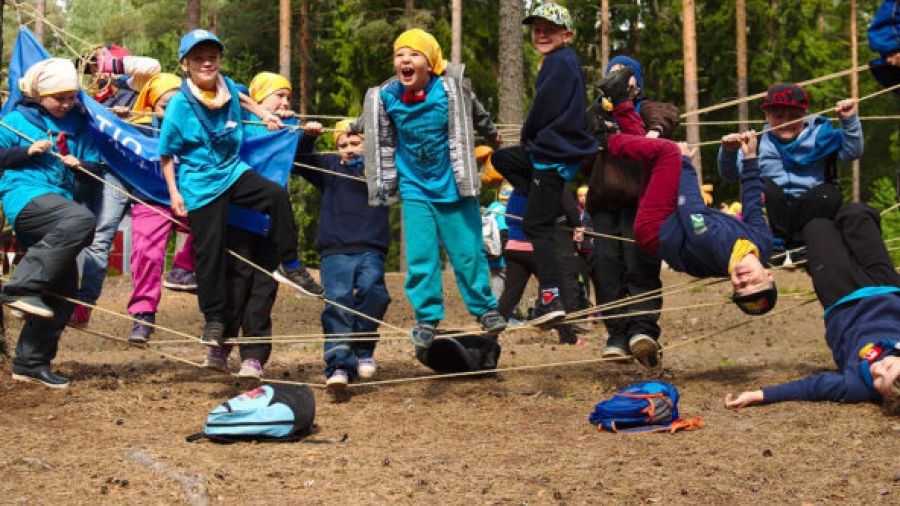BLOG No. 9 - Final blog in the 'deaths at home' series
This is my 9th blog and wraps up my blog series looking at increased deaths at home during the pandemic.
Whilst the pandemic isn’t over, I think it is an appropriate time to end this blog series, as there is now a strong interest in better understanding and investigating deaths in people’s own homes during the pandemic. This is highlighted by this recent letter from Hospice UK, and we are confident that this blog series has contributed to creating awareness of this issue and that our full data linkage research project will continue to do so from a Scottish perspective.
Update from publicly available data from NRS
As you can see from the graph above, the current level of home deaths remains above the 2015-2019 average, with similar April numbers to the same time last year. During February and March this year it looked like home death levels were declining but they have since risen to levels as high as in April in both 2020 and 2021. On the other hand, the number of Covid-related home deaths has dropped compared to both 2020 and 2021. The peak in Covid deaths at home seen at the end of 2020 and start of 2021 has not repeated in 2022.
For those readers who still wish to access the NRS data, the National Records Scotland update their publicly available data weekly and you can see the code I used for this blog series in the github repository: https://github.com/jsavinc/covid_nrs_place_of_death.
Query from Blog 8 on NHS Borders 'other' deaths
Finally, the mystery from the previous blog 8 post has been solved. The higher proportion of deaths registered in an ‘Other’ location in NHS Borders compared to other health boards is due to the way NHS institutions are coded. The Margaret Kerr Unit 1, a specialist palliative care unit in the Borders, is coded as C – Clinic premises 2, which is included in the 'Other place of death'3 using National Records Scotland (NRS) coding. I spent a good while looking through the list of institutions wondering which of these could possibly explain this, but my colleague Dr Geraldine Finnan4 knew the answer, having worked in the Borders previously. This demonstrates the importance of domain expertise when doing data science – I couldn’t have inferred that from the (publicly) available data alone.
Linked data project: Deaths at home
In October 2021, I made a request to study a dataset linking death records during the first year of the pandemic and the five years prior with health usage records – hospitalisation, cancer registrations, and unscheduled care data (NHS24, A&E, Ambulance call-outs, and Out-of-hours GP visits). This was approved at the end of the year, and the first batch of data were delivered to the Safe Haven in February 2022, I’ve since started checking what’s there and cleaning the data to get it ready for analysis.
I will provide a blog or news article in the coming months, to provide an update of how this research is progressing - so this is not the last you will hear from me!
- http://www.nhsborders.scot.nhs.uk/patients-and-visitors/our-services/general-services/specialist-palliative-care-and-the-margaret-kerr-unit/
- https://www.nrscotland.gov.uk/files//statistics/vital-events/institution-codes-october-2021.xlsx
- https://www.nrscotland.gov.uk/files//statistics/covid19/covid-deaths-21-methodology.pdf, Location of death heading on page 4
- https://www.napier.ac.uk/people/geraldine-finnan
This article was published on 13 Apr 2022





